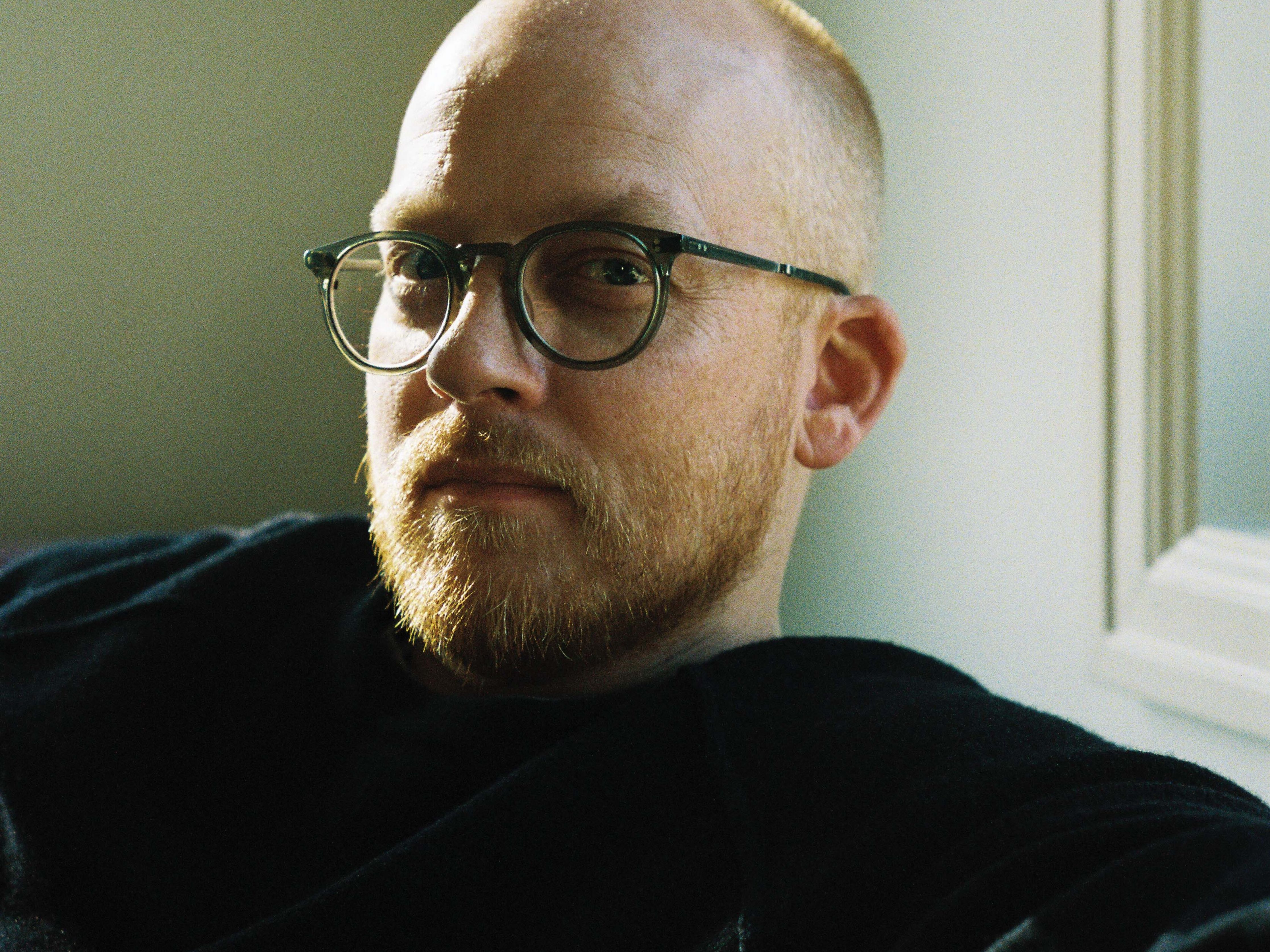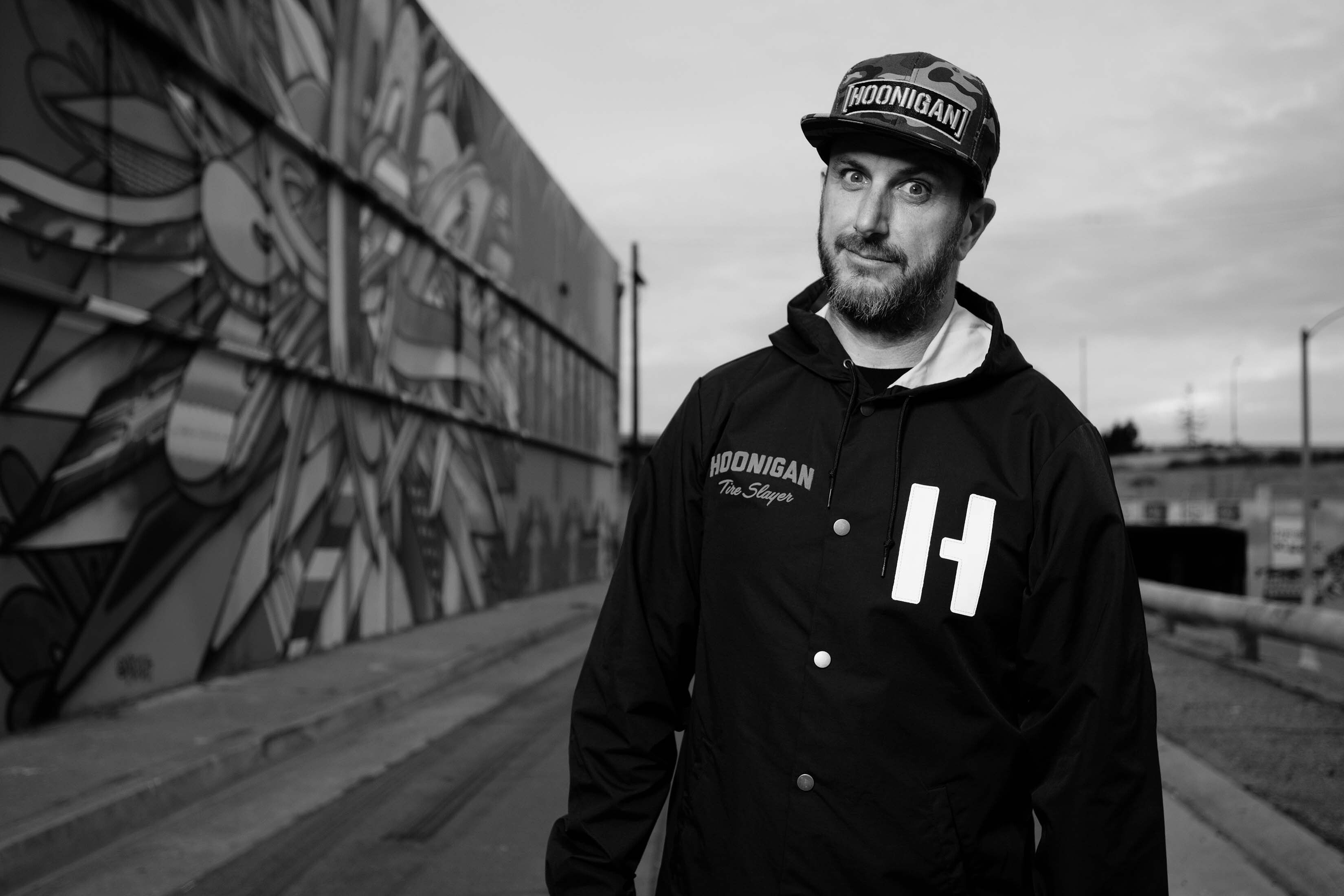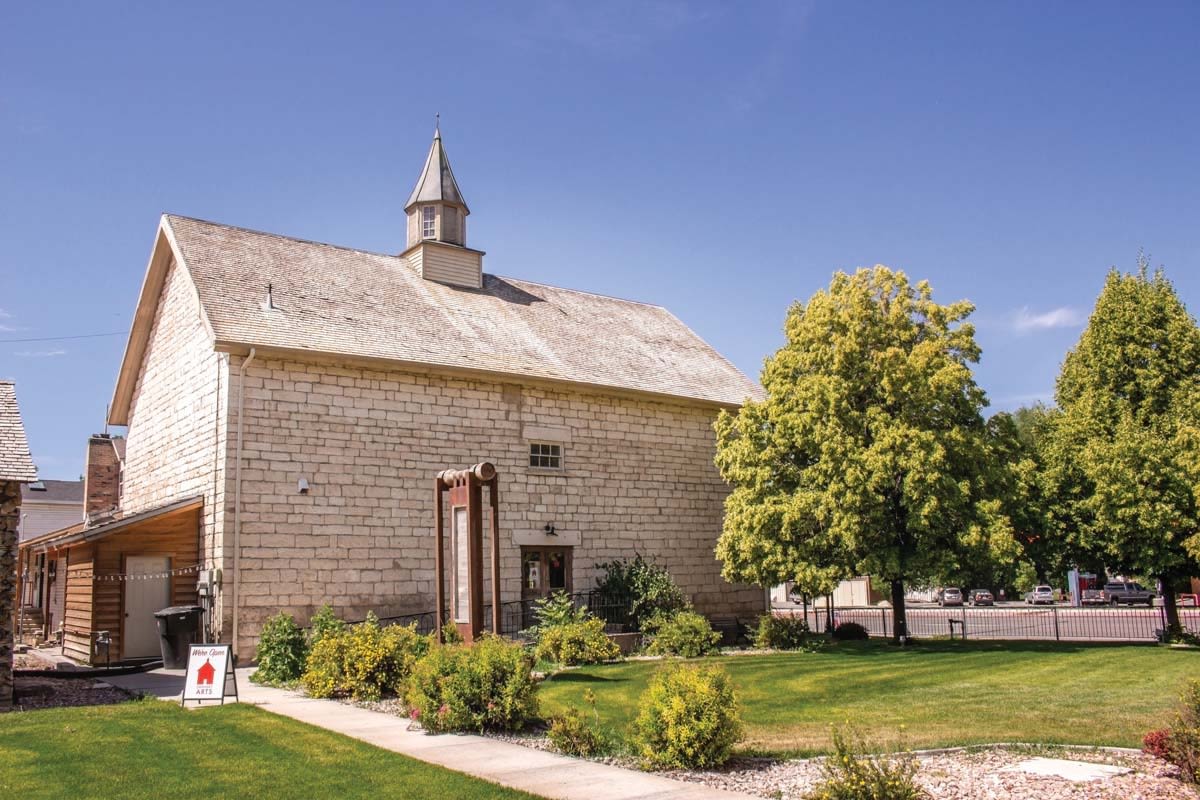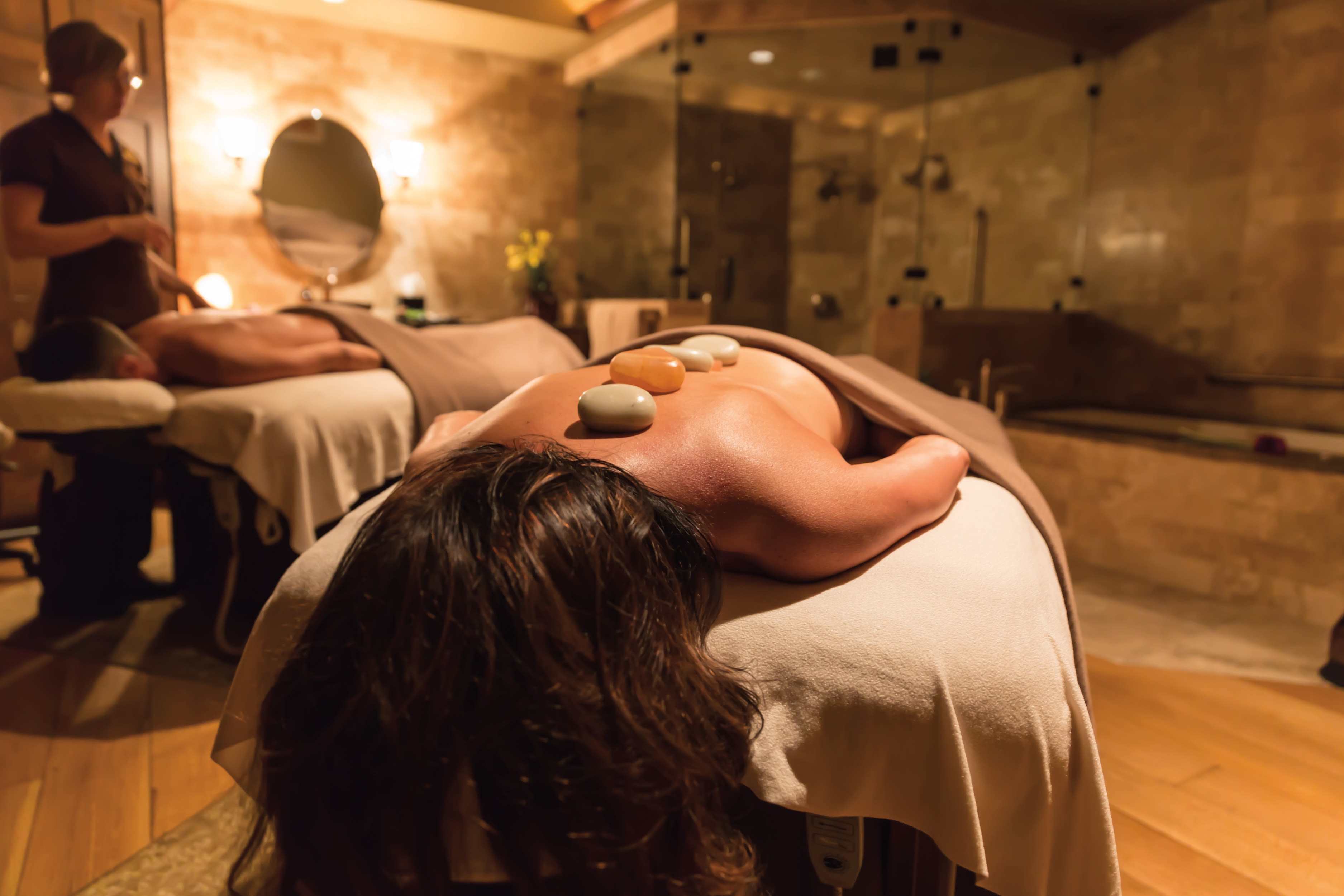Can Sundance Put More Women Behind the Lens?
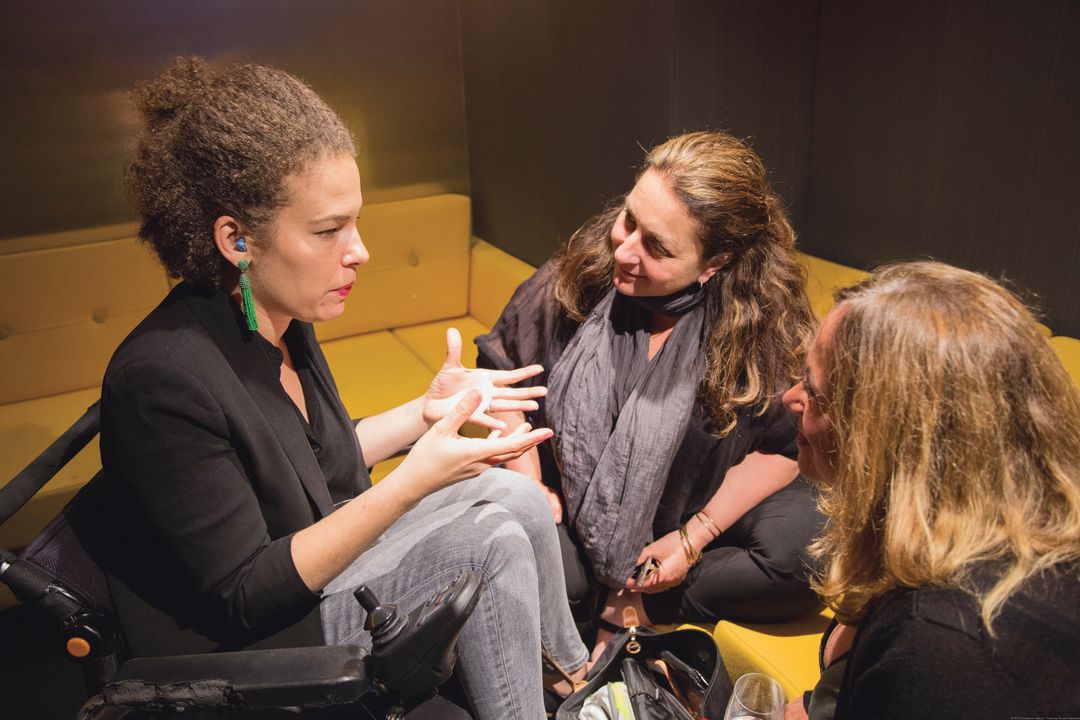
Jennifer Brea (left), director of Unrest, and Caroline Libresco of Sundance Institute (center) at the 2018 Women’s Financing and Strategy Intensive.
It’s one thing to recognize a problem. It’s another to actually do something about it. In 2012—well before the Women’s March and #MeToo headlines—Sundance Institute decided it was time to get serious about the problem of gender inequity in the film industry. With research indicating that women directed only 4.2 percent of the 100 top-grossing American films made between 2002 and 2013, Sundance itself has been tracking ahead of the mainstream; data collected between 2002 and 2014 showed that women made up 25.5 percent of the festival’s US Dramatic Competition directors, 17.1 percent of US Narrative directors, and 29.45 percent of US Narrative producers. But, the gaps remain significant and troubling. If movies are a form of cultural communication—a medium that reflects and comments on society and informs how we understand each other—then a lot goes missing when more than half the population is dramatically underrepresented.
As a longtime champion for independent film and thought, Sundance Institute found itself in a unique position not only to find out why women filmmakers struggle to rise to the top, but also to use that information to bring about change. And so, the Women at Sundance initiative was born.
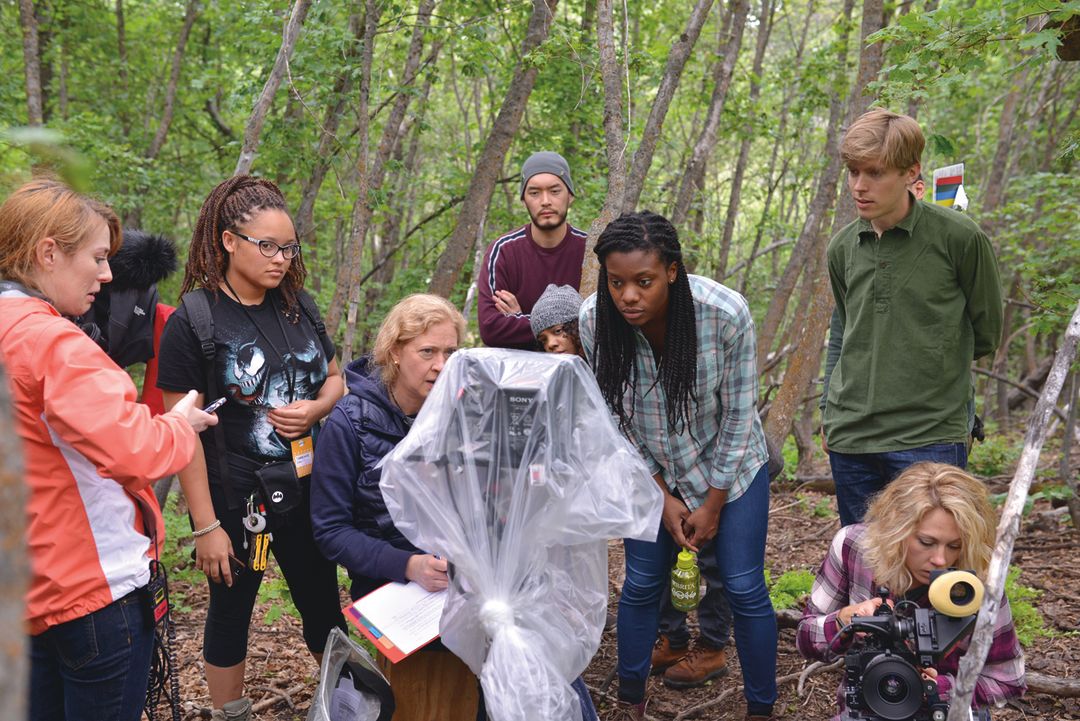
Writer and director Nia DaCosta (center right) and lab participants on the set of The Little Woods at the 2015 Directors Lab.
“We wanted to design the program based on hard facts rather than conjecture,” explains Caroline Libresco, director of Women at Sundance and senior programmer for the Sundance Film Festival. To get those facts, Sundance Institute partnered with the Los Angeles–based nonprofit Women In Film (WIF) to commission three phases of research examining key barriers facing female filmmakers. The research, conducted by Dr. Stacy Smith and her team at the USC Annenberg School for Communications, indicated that the top obstacle for women filmmakers is funding. Or, more specifically, knowledge about and access to project financing. Male-dominated industry networks and direct artist support also rose to the top of the list of challenges. The studies also revealed a need to address the bigger-picture issue of systemic, industrywide inequality.
The results provided a roadmap leading to the formation of core Women at Sundance program elements: fellowships, networking and community initiatives, financing education and access, and industrywide efforts to address systemic barriers and to cultivate gender parity.
“We’ve seen the most exciting and important impact of our work through the Women at Sundance Fellowship, where we directly support six women artists annually to both grow and sustain their careers,” says Libresco. Each fellow is paired with a professional coach and is given access to a variety of networking opportunities. As a 2015 fellow, Kat Candler (Hellion, Queen Sugar, 13 Reasons Why, 12 Monkeys) recalls, “It was a truly transformative year with [a coach] by my side basically being my Yoda.” Participants also receive instruction on financing and strategy, as well as a stipend to attend the Sundance Film Festival and the annual Women at Sundance Brunch, which includes a community of 400 artists and industry influencers. For Candler, that link to a “fiercely talented” cohort of artist peers was invaluable, and she credits Sundance with providing a “safe and protected space for artists to grow and flourish.”
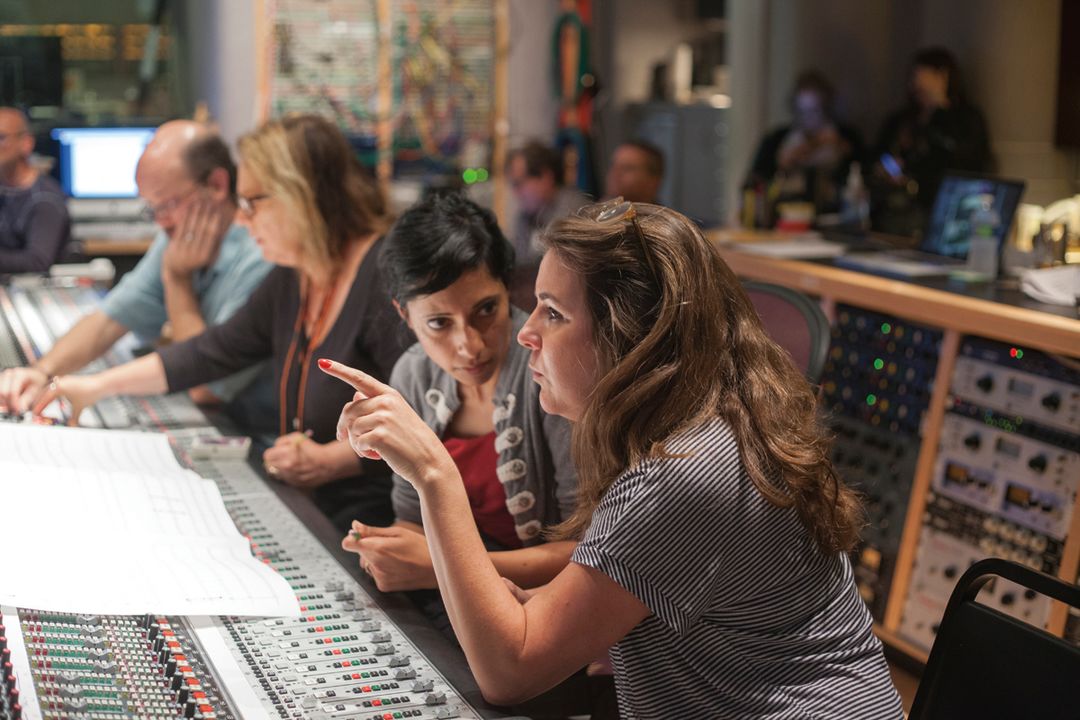
Filmmaker Eva Vives and composer Amritha Vaz at the 2016 Music and Sound Design Lab.
Libresco points out the recent successes of Sundance fellows, who are “poised for the next great thing,” including Candler, Jennifer Phang (Advantageous, The Expanse, Cloak and Dagger, Riverdale), Marielle Heller (The Diary of a Teenage Girl, Transparent, Casual, Can You Ever Forgive Me?), Lyric R. Cabral ((T)ERROR, The Rashomon Effect), Adele Romanski (Moonlight, The Myth of the American Sleepover), and Gabrielle Nadig (King Jack, Lucia Before and After, Little Woods). Nadig, a 2016 fellow, notes that the program “greatly changed” the course of her career. “I think the initiative gave us confidence to seek out what we wanted, and the connections we were given helped us to get there,” she says.
When asked about women to watch at the 2019 Sundance Film Festival and beyond, Libresco is enthusiastic. “We are so excited about the [2019] lineup! There are many incredible women directors, writers, and producers—from first-timers to more seasoned artists—whose work will be showcased.” There will also be an expansion of the Women at Sundance Fellowship aimed at building a “larger inclusion-focused and intersectional” Momentum Fellowship for mid-career artists from underrepresented communities. In other words, while as Libresco says, “no one organization working in isolation can change an entire system or industry,” Sundance continues to crack the film world’s glass ceiling.
To learn more about Women at Sundance—including details about the program and full reports on each phase of research—visit sundance.org/initiatives/womenatsundance.

